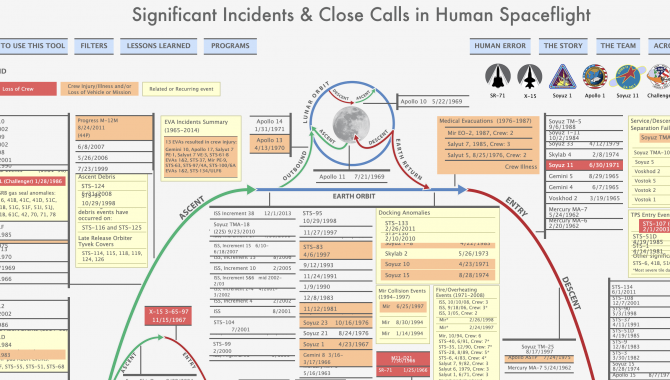
Interactive chart with links to data related to incidents from EVA operations.

Interactive chart with links to data related to incidents from EVA operations.
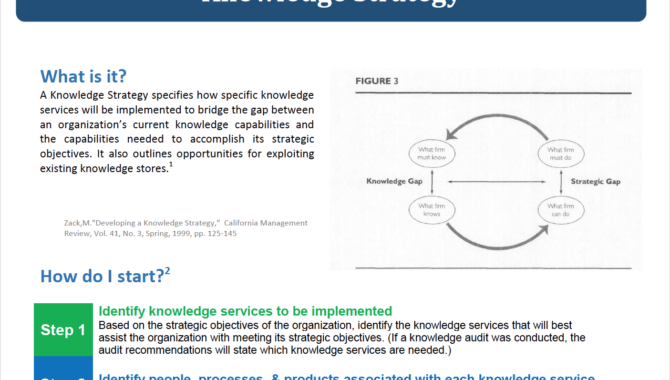
A Knowledge Strategy specifies how specific knowledge services will be implemented to bridge the gap between an organization’s current knowledge capabilities and the capabilities needed to accomplish its strategic objectives.
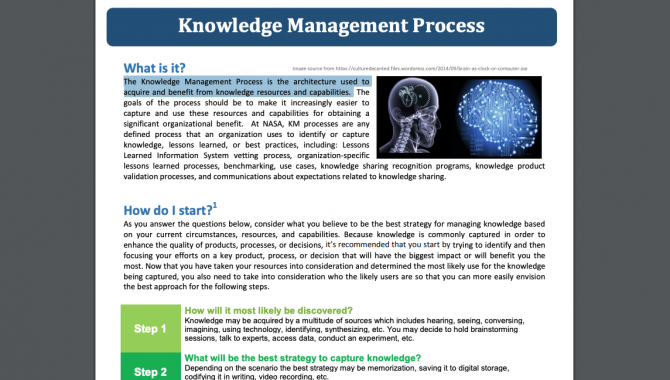
The Knowledge Management Process is the architecture used to acquire and benefit from knowledge resources and capabilities.
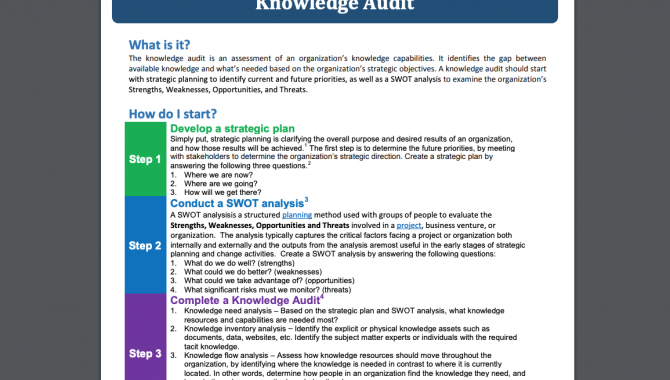
The knowledge audit is an assessment of an organization’s knowledge capabilities. It identifies the gap between
available knowledge and what’s needed based on the organization’s strategic objectives.
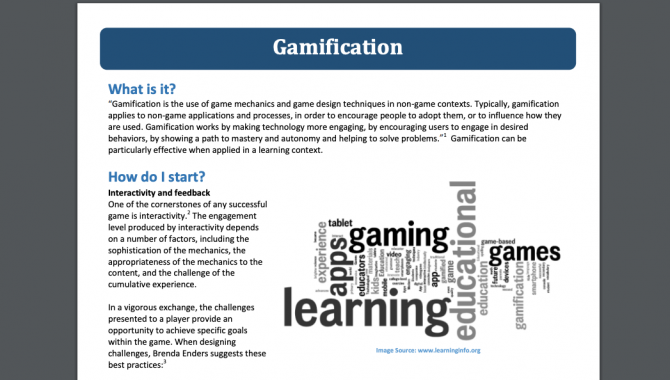
Gamification is the use of game mechanics and game design techniques in non-game contexts.
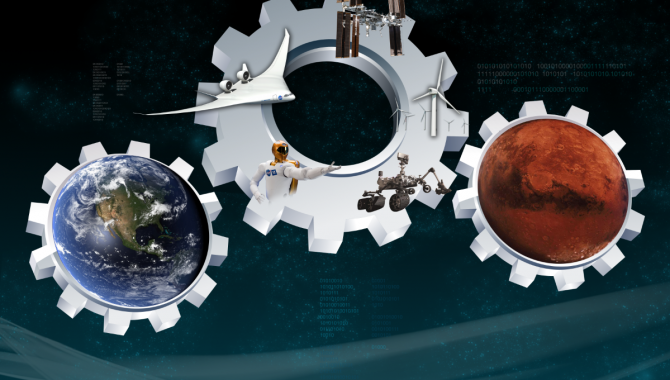
The interagency Science and Technology (S&T) Partnership Forum was established in 2015. It is a strategic forum established to identify synergistic efforts and technologies in order to leverage those synergies and influence portfolios across space agencies in areas deemed pervasive and ready for collaboration.
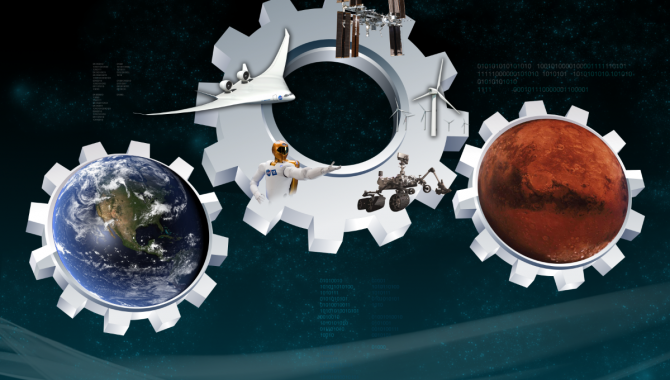
The mission of the Small Spacecraft Systems Virtual Institute (S3VI) is to advance the field of small spacecraft systems and allied sciences by promoting innovation, exploring new concepts, identifying emerging technology opportunities, and establishing effective conduits for collaboration and the dissemination of research results relevant to small spacecraft systems and subsystems.
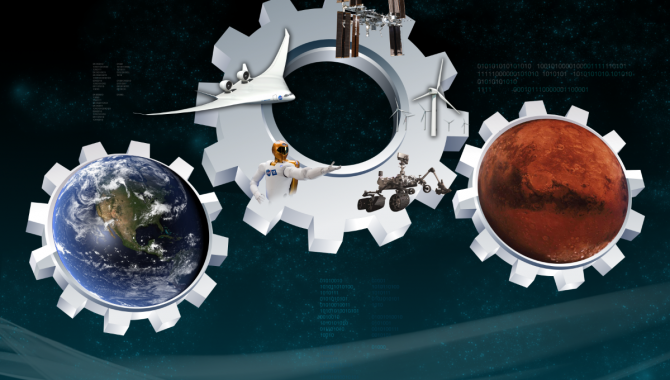
The Technology, Innovation and Engineering Committee is a standing committee of the NASA Advisory Council (NAC) supporting the advisory needs of the NASA administrator, the Office of the Chief Technologist, and NASA Mission Directorates. The scope of the Committee includes all NASA programs that could benefit from technology research and innovation.